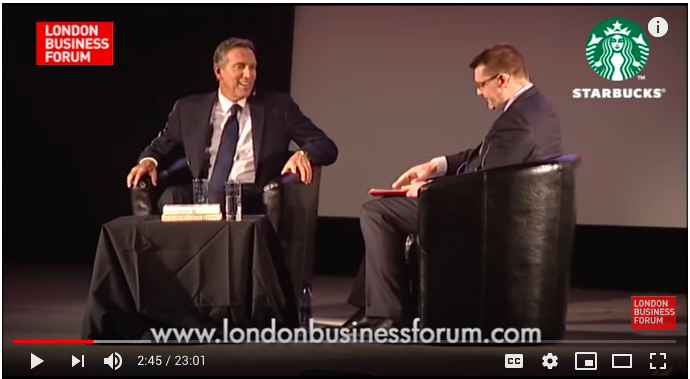Each of us understands what it means to be disappointed by a poor customer experience or delighted by the employee who goes above and beyond. Given the potential upside, dumping money into the customer experience (CX) seems like a no-brainer. But is it, really? Can you engineer an excellent CX by throwing resources directly at the customer or by demanding that your employees deliver service with a smile?
Many businesses certainly seem to think so. The market for customer experience management services and technology is expected to grow to nearly $17 billion by 2022. Companies are spending lavishly on comprehensive CX strategies and building or buying high-tech systems in order to mine what they see as untapped veins of growth. And the data insists that this preoccupation with CX is justified.
However, the methods that many organizations are using to try and duplicate those glowing figures just aren’t delivering. Only 37 percent of businesses surveyed said they were able to tie CX activities to revenue and/or cost savings. That means the majority are, in effect, just spending a lot of money on CX — and keeping their fingers crossed.
When it comes to the customer experience, keep in mind a simple equation — EX = CX
The employee experience (EX) equals the customer experience (CX). A superlative customer experience is the direct result of a solid employee experience. Yet, many businesses jump right past this simple fact, opting to address the CX as if it were something they could conjure up solely as a result of products, process, placement, pricing and profit.
So, you want to take care of your customers? Start by taking care of your employees. Employees interact with your customers, make them smile and carry your brand message. If your employees are having a great experience, so will your customers.
What, then, do we need to keep in mind when we consider the EX = CX equation, and why is the EX side so important?
- Your company is your people. People, not legal entities, get things done. Who makes the sales, does the hiring, takes care of the customer, buys the media, teaches the student, tends to the patient or takes out the trash? Does the company do that? We cling to the delusion that corporations take action, make decisions and even have personalities. But, that’s a distorted perspective. It’s the people.
- Your employees are closest to the customer. They are closest to your customers’ needs, challenges and wants. They are best positioned to resolve a concern or to delight a customer. They are also in the best spot to feed this information back up the chain so that your products and services hit the mark.
- EX = CX. Some organizations spend a fortune on elaborate customer service safety nets designed to keep employees from damaging the customer relationship. Why? Because their employees don’t care. They’re having a lousy experience, so they’re not motivated to provide anything more than that to the customer. Employees will deliver a customer experience that matches their own experience within the organization.
- Employees are your brand. “Brand” is the Holy Grail of business; we’re always growing, maintaining, repairing, protecting or defending it. But your employees create it. Not your marketing department. Not PR. If your brand is your promise to your customer, then your employees are responsible for keeping that promise. Your employees are your brand. It lives through the performance, interactions and genuine care of the people who bring it to life on the front lines every day.
- Design your EX. Many consider the employee experience in the same vein as company culture — it’s just “the way we do things around here.” But, instead of simply “letting the EX happen,” design the EX you want to create and that will impact your customers in the way most instrumental to your organization’s success. Instead of orienting all ideas around the customer or organization, focus on the employee, with the thought that if the organization has an extraordinary EX woven into its DNA, an extraordinary CX becomes inevitable.







